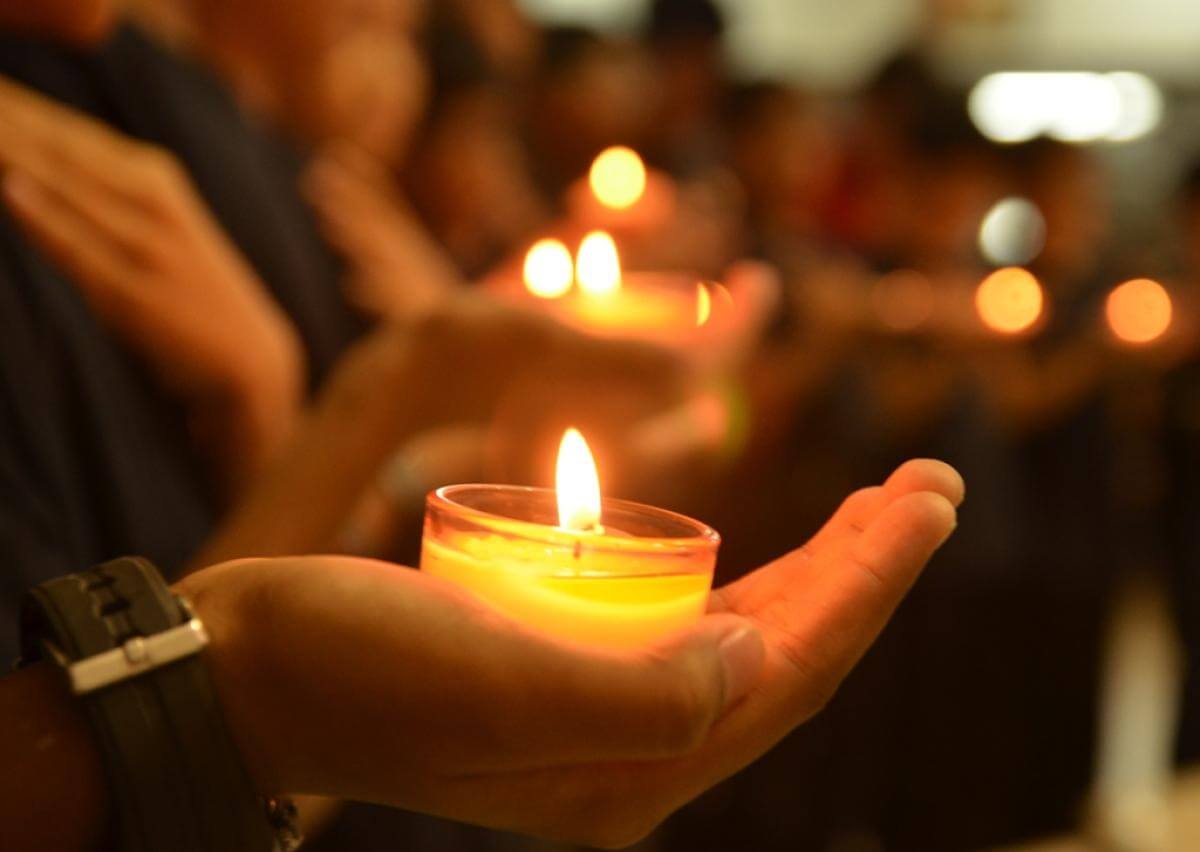

Articles
Why Do We Light Candles For The Dead
Modified: February 24, 2024
Discover the significance of lighting candles for the deceased in this informative article. Explore the ancient rituals and beliefs surrounding this timeless tradition.
(Many of the links in this article redirect to a specific reviewed product. Your purchase of these products through affiliate links helps to generate commission for Storables.com, at no extra cost. Learn more)
Introduction
Throughout history, humans have developed various rituals and practices to honor and remember the dead. One such practice that is prevalent across cultures is the act of lighting candles for the dead. This simple yet powerful gesture holds deep symbolic and religious meaning, and has become an integral part of our collective mourning and remembrance rituals.
The act of lighting candles for the dead has been passed down through generations, with its origins dating back to ancient civilizations. This enduring tradition has evolved over time, adapting to different cultural and religious beliefs, yet it continues to serve as a universal symbol of light, hope, and connection to the spiritual realm.
In this article, we will explore the historical origins, symbolic meaning, religious significance, cultural practices, psychological and emotional connection, as well as the contemporary interpretation and evolution of lighting candles for the dead.
Let us delve into the captivating world of candlelight and discover why this age-old practice continues to hold a special place in our hearts and minds when honoring and remembering our loved ones who have passed away.
Key Takeaways:
- Lighting candles for the dead is a universal tradition rooted in ancient customs, religious significance, and cultural practices, symbolizing remembrance, hope, and the enduring connection between the living and the departed.
- The act of lighting candles for the dead holds deep psychological and emotional significance, providing comfort, solace, and a tangible way to honor and maintain a bond with departed loved ones, transcending time and space.
Read more: Why Do We Light Candles On Shabbat
Historical Origins of Lighting Candles for the Dead
The act of lighting candles in remembrance of the dead can be traced back to ancient civilizations. In ancient Egypt, for example, candles were lit to guide the spirits of deceased pharaohs on their journey to the afterlife. The flickering flame was believed to provide a source of illumination in the darkness, ensuring a safe passage for the departed souls.
Similarly, in ancient Rome, candles were used in funeral rites as a way to honor the deceased and provide light in the dark realms of the underworld. The concept of lighting candles as a symbol of reverence and guidance extended to other ancient cultures as well, including the Greeks, Chinese, and Vikings.
In Christianity, the practice of lighting candles for the dead can be traced back to the early days of the Church. During the Middle Ages, candles were lit during monastic vigils and funerals as a way to symbolize the eternal light of Christ and offer prayers for the souls of the departed. The lighting of candles on All Souls’ Day, a Christian holiday dedicated to honoring the dead, further solidified the association between candles and remembrance.
The use of candles in funerary rituals also extended to other religions and belief systems. In Hinduism, for instance, candles are lit during funeral ceremonies to guide the departed soul and provide spiritual illumination. The practice of lighting candles for the dead is also present in Buddhism, where it is believed to bring peace and enlightenment to the deceased.
Overall, the historical origins of lighting candles for the dead are deeply rooted in ancient customs and religious practices. The act of lighting a candle serves as a symbolic gesture to honor and remember the departed, as well as provide comfort and guidance for their journey in the afterlife.
Symbolic Meaning of Lighting Candles for the Dead
Lighting candles for the dead holds profound symbolic meaning that transcends cultural and religious boundaries. The flickering flame represents the essence of life, illuminating the darkness and providing a tangible connection between the physical world and the spiritual realm.
One of the predominant symbolic interpretations of lighting candles for the dead is the idea of remembrance and honoring the memory of the departed. The act of intentionally lighting a candle serves as a symbol of respect, love, and reverence for those who have passed away. It is a way to keep their memory alive and ensure they are not forgotten.
Candles also symbolize hope and the triumph of light over darkness. The flame represents the eternal spark of life, reminding us that even in the face of death, there is always a glimmer of hope. It is a symbolic gesture that conveys the belief in an afterlife or a higher spiritual existence, where the departed souls find peace and eternal light.
Furthermore, the act of lighting candles for the dead can also be seen as a form of communication and a means to connect with the spiritual realm. The flickering flame is believed to attract the attention of the departed souls, inviting them to join in the collective remembrance and prayers. It is a way to bridge the gap between the living and the dead, fostering a sense of connection and unity.
In some cultures, the number and color of candles hold specific symbolic meanings. For example, lighting a single white candle signifies purity and the guiding light for the departed soul. Multiple candles may represent the different family members or loved ones being remembered, while the color of the candles may reflect specific intentions or emotions associated with the deceased.
Overall, the symbolic meaning of lighting candles for the dead encompasses remembrance, hope, communication, and connection with the spiritual realm. It serves as a powerful and tangible way to honor the memory of the departed and find solace in the belief that their spirits live on.
Religious Significance of Lighting Candles for the Dead
The act of lighting candles for the dead holds significant religious importance in many faith traditions around the world. From Christianity to Hinduism, various religions incorporate the practice of lighting candles as a way to pay tribute to the deceased and seek spiritual solace.
In Christianity, lighting candles for the dead is deeply rooted in the belief in the power of prayer and intercession. Candles are often lit during funeral services, memorial Masses, and on specific occasions such as All Souls’ Day to remember and offer prayers for the souls of the departed. The light of the candle is seen as a representation of Christ, the light of the world, and serves as a symbol of hope and eternal life.
In Catholicism, the practice of lighting candles in front of images or statues of saints is also related to remembrance and seeking intercessory prayers. It is common to find candles lit in front of shrines or altars dedicated to specific saints, as well as at gravesites to honor the souls of loved ones. The act of lighting a candle is seen as a way to invoke the spiritual presence and guidance of the departed and the saints.
In Hinduism, the lighting of candles, or “diyas,” during funeral ceremonies and ancestral rituals holds religious significance. Diyas are believed to represent the divine presence and are lit to guide the deceased soul toward liberation and spiritual enlightenment. The flame of the diya is seen as a symbol of the eternal light of the divine, illuminating the path for the departed on their journey beyond the physical realm.
Similarly, in Buddhism, the act of lighting candles for the dead carries religious importance. Candles are lit during funeral rites and memorial services as a way to create a serene and spiritually uplifting environment. The flame of the candle represents the wisdom of enlightenment and serves as a reminder of the impermanence of life.
Other religions and spiritual practices, such as Islam and Sikhism, also have their own traditions and rituals involving the lighting of candles or lamps for the dead. These practices serve as a means to honor the departed, seek blessings, and find solace in the overarching belief in the continuity of the soul.
In summary, the religious significance of lighting candles for the dead varies across different faiths, but the practice is deeply intertwined with the core beliefs surrounding prayer, intercession, remembrance, and the spiritual connection between the living and the deceased.
When lighting candles for the dead, consider using unscented candles to avoid triggering any allergies or sensitivities in those who are honoring their loved ones.
Cultural Practices of Lighting Candles for the Dead
Lighting candles for the dead is not only a religious practice but also a cultural tradition observed in various societies around the world. These cultural practices vary in their customs, rituals, and beliefs, reflecting the deep-rooted connections between people and their departed loved ones.
In Mexican culture, the Day of the Dead, or Día de los Muertos, is a celebration that honors the deceased. Families create altars, known as ofrendas, adorned with photographs, favorite foods, and personal items of the departed. Candles play a central role in these ofrendas, symbolizing the light that guides the souls back to their loved ones during this special time. The colorful and decorative candles, often shaped as skulls or skeletons, create a vibrant and lively atmosphere amidst the solemn remembrance.
In Asian cultures, such as in China and Vietnam, the lighting of candles for the dead is an integral part of ancestral worship and filial piety. During important festivals like the Qingming Festival (Tomb-Sweeping Day), families visit the graves of their ancestors to pay respects and offer prayers. Candles are lit at the gravesites as a way to illuminate the path for the spirits and ensure their well-being in the afterlife. The practice carries strong cultural significance in honoring family lineage and maintaining a connection between the past and present generations.
In many Western cultures, especially in European countries, lighting candles at graveyards is a common practice. Particularly during the holiday season or on significant dates like All Souls’ Day, individuals visit cemeteries to honor their departed loved ones. The flickering flames create a serene and peaceful ambiance, fostering a sense of solace and remembrance. It is also seen as a way to express love and respect for the deceased, while also acknowledging the emotional bond shared with them.
Indigenous cultures, such as Native American tribes, also have their unique traditions surrounding the lighting of candles for the dead. The flickering flame is believed to provide guidance for the spirits of the departed and serve as a connection between the physical and spiritual realms. Tribes often hold ceremonies or gatherings where candles are lit, prayers are offered, and songs are sung to honor the ancestors and ensure their spiritual journey.
These are just a few examples of the diverse cultural practices of lighting candles for the dead. Each culture brings its own nuances, symbolism, and customs to this timeless tradition, but the underlying theme remains the same – to honor and remember the departed with love, reverence, and a deep sense of cultural identity.
Psychological and Emotional Connection to Lighting Candles for the Dead
The act of lighting candles for the dead goes beyond religious or cultural significance. It holds a profound psychological and emotional connection for individuals who engage in this practice. The flickering flame of a candle evokes a range of emotions and provides a sense of comfort and connection with the departed loved ones.
Lighting candles can have a calming effect on the mind and body. The soft glow of the flame creates a peaceful and serene atmosphere, allowing individuals to enter a state of reflection and introspection. It provides a sacred space for contemplation, where one can process grief, memories, and emotions associated with the loss of a loved one.
Furthermore, lighting candles serves as a tangible way to maintain a connection with the deceased. It provides individuals with a sense of presence and closeness, even in the absence of physical proximity. The act of lighting a candle symbolizes an ongoing bond and a continuation of the relationship with the departed, alleviating feelings of separation and loneliness.
Psychologically, lighting candles can also be seen as a form of coping mechanism. It allows individuals to engage in a meaningful and symbolic ritual that helps them navigate the complex emotions that arise from loss and grief. The repetitive motion of lighting a candle can provide a sense of control and structure during a time of emotional upheaval.
Lighting candles for the dead also serves as a way to honor the memories of the departed loved ones. It allows individuals to actively participate in the act of remembrance and pay tribute to cherished moments shared together. The ritualistic nature of lighting a candle can invoke feelings of gratitude, love, and a deep sense of connection that transcends the physical realm.
Additionally, the act of engaging multiple senses, such as the warm glow of the candle, the gentle flickering flame, and the subtle scent of the burning wax, can create a sensory experience that evokes nostalgic and comforting emotions. These sensory cues can trigger positive memories, provide solace, and offer a sense of reconnection with the departed individual.
Overall, the psychological and emotional connection to lighting candles for the dead is deeply rooted in the human need for comfort, connection, and remembrance. It offers a means to process grief, honor memories, and find solace in the continued bond with our departed loved ones, even if only through the flickering flame of a candle.
Contemporary Interpretation and Evolution of Lighting Candles for the Dead
In today’s modern society, the practice of lighting candles for the dead has taken on new forms and interpretations, reflecting the evolving attitudes towards death, remembrance, and spirituality. While the core symbolism of candles remains intact, contemporary approaches have emerged to meet the changing needs and preferences of individuals.
One significant evolution is the integration of technology and virtual platforms. With the rise of social media and online memorial platforms, individuals now have the ability to create virtual candles and memorial spaces for their departed loved ones. These digital candles can be lit and shared with family and friends across the globe, enabling a global community of remembrance and support.
In addition, contemporary interpretations of lighting candles for the dead have expanded beyond religious and cultural contexts. Many people incorporate the practice into their personal rituals of self-care and healing. Lighting candles can be seen as a mindful and therapeutic activity, allowing individuals to create moments of peace, reflection, and meditation. The act of lighting a candle becomes a way to honor personal loss, process emotions, and find inner harmony.
Moreover, there has been a shift towards environmentally-friendly and sustainable alternatives to traditional candles. Individuals are now opting for LED or electric candles, which offer the beauty and symbolism of candlelight without the risk of open flames. These eco-conscious choices align with the growing awareness of the environmental impact and safety concerns associated with traditional candles.
The contemporary interpretation of lighting candles for the dead also extends to non-traditional ways of expressing remembrance. For example, individuals may choose to light candles at significant locations or landmarks associated with their departed loved ones, such as a favorite park or a specific spot in nature. This allows for a more personal and unique form of remembrance that resonates with the individual’s connection and memories.
Furthermore, the practice of lighting candles for the dead has found its place in creative expressions and art forms. Artists and designers incorporate candles into installations, sculptures, and interactive artworks, creating immersive experiences that explore themes of life, death, and memory. These artistic interpretations provide new avenues for individuals to engage with the practice and evoke introspection and contemplation.
In summary, the contemporary interpretation and evolution of lighting candles for the dead reflect the changing attitudes and needs surrounding death, remembrance, and spirituality. As technology advances, personal rituals evolve, and environmental considerations come to the forefront, individuals continue to find innovative and meaningful ways to honor and remember their departed loved ones through the timeless symbol of the flickering flame.
Conclusion
The act of lighting candles for the dead holds a rich and significant place in our collective human experience. From ancient civilizations to modern societies, this timeless practice has evolved, adapted, and transcended cultural and religious boundaries. The act of lighting a candle for the departed carries deep symbolic meaning, providing comfort, connection, and a tangible way to honor and remember our loved ones who have passed away.
Through exploring the historical origins, symbolic meaning, religious significance, cultural practices, and psychological and emotional connection to lighting candles for the dead, we have come to understand the multi-faceted nature of this tradition. It serves as a universal symbol of light, hope, and spiritual guidance, spanning across various faiths, cultures, and personal beliefs.
Lighting candles for the dead fosters a sense of remembrance that transcends time and space. It allows us to maintain a connection with the departed, even as we navigate the complexities of grief and loss. The flickering flame invokes a serene ambiance, providing comfort, solace, and a gentle reminder of the eternal spark of life.
In today’s modern society, we witness the contemporary interpretations and evolution of this practice. From virtual candles and online memorials to environmentally-friendly alternatives and creative art forms, individuals continue to find innovative ways to honor the memory of their departed loved ones.
Ultimately, lighting candles for the dead is a deeply personal and human ritual. It is a testament to the inherent need for connection, remembrance, and spirituality in our lives. As we engage in this timeless tradition, we are reminded of the enduring bond between the living and the dead, and the power of shared memories and love that transcends the physical realm.
So, let us embrace the flickering flame, whether it be a traditional candle or a digital representation, as we honor and remember those who have gone before us. May the light of the candle serve as a beacon of hope, guiding our ancestors on their eternal journey, and illuminating our own hearts with love, gratitude, and the enduring spirit of remembrance.
Frequently Asked Questions about Why Do We Light Candles For The Dead
Was this page helpful?
At Storables.com, we guarantee accurate and reliable information. Our content, validated by Expert Board Contributors, is crafted following stringent Editorial Policies. We're committed to providing you with well-researched, expert-backed insights for all your informational needs.
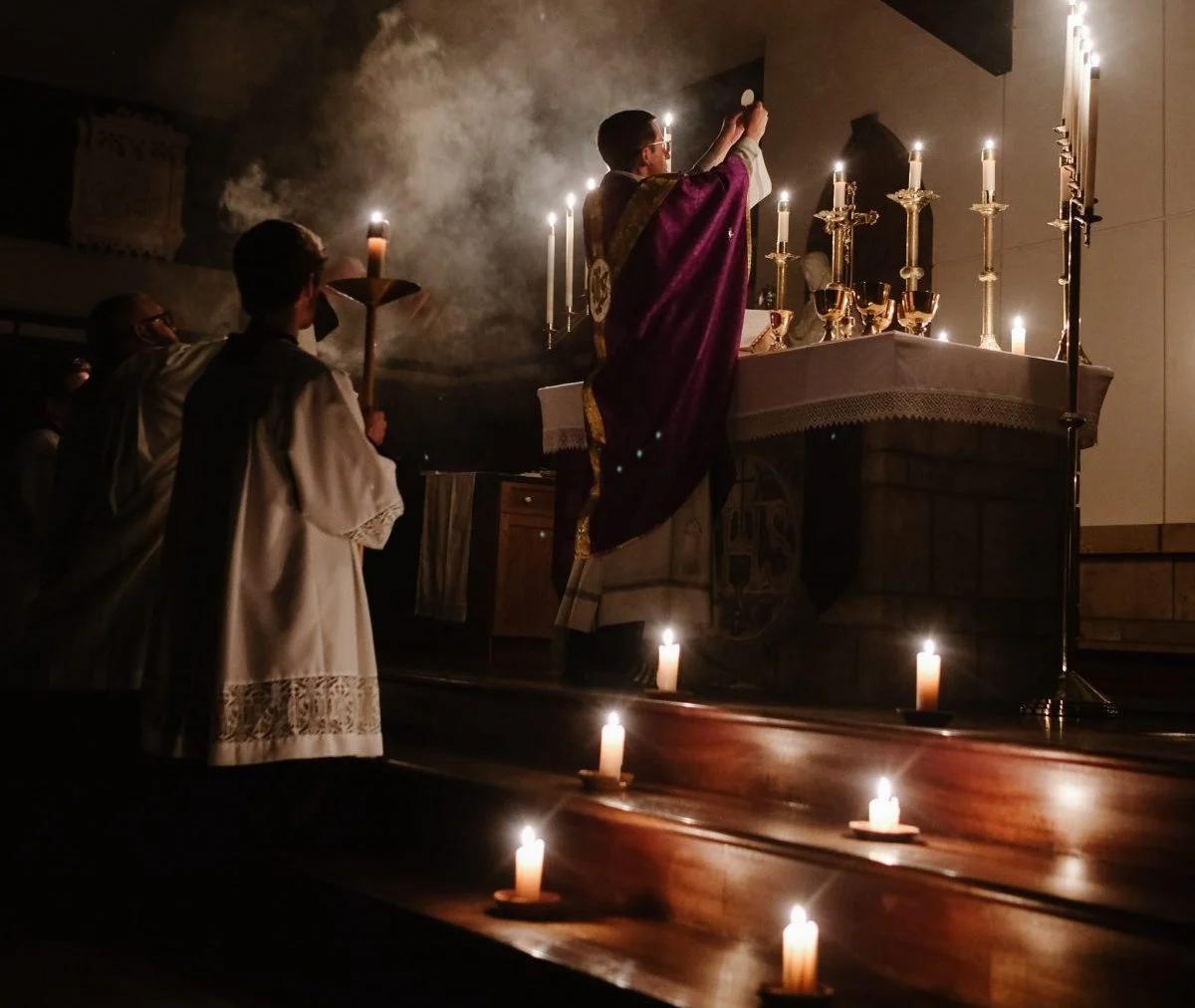

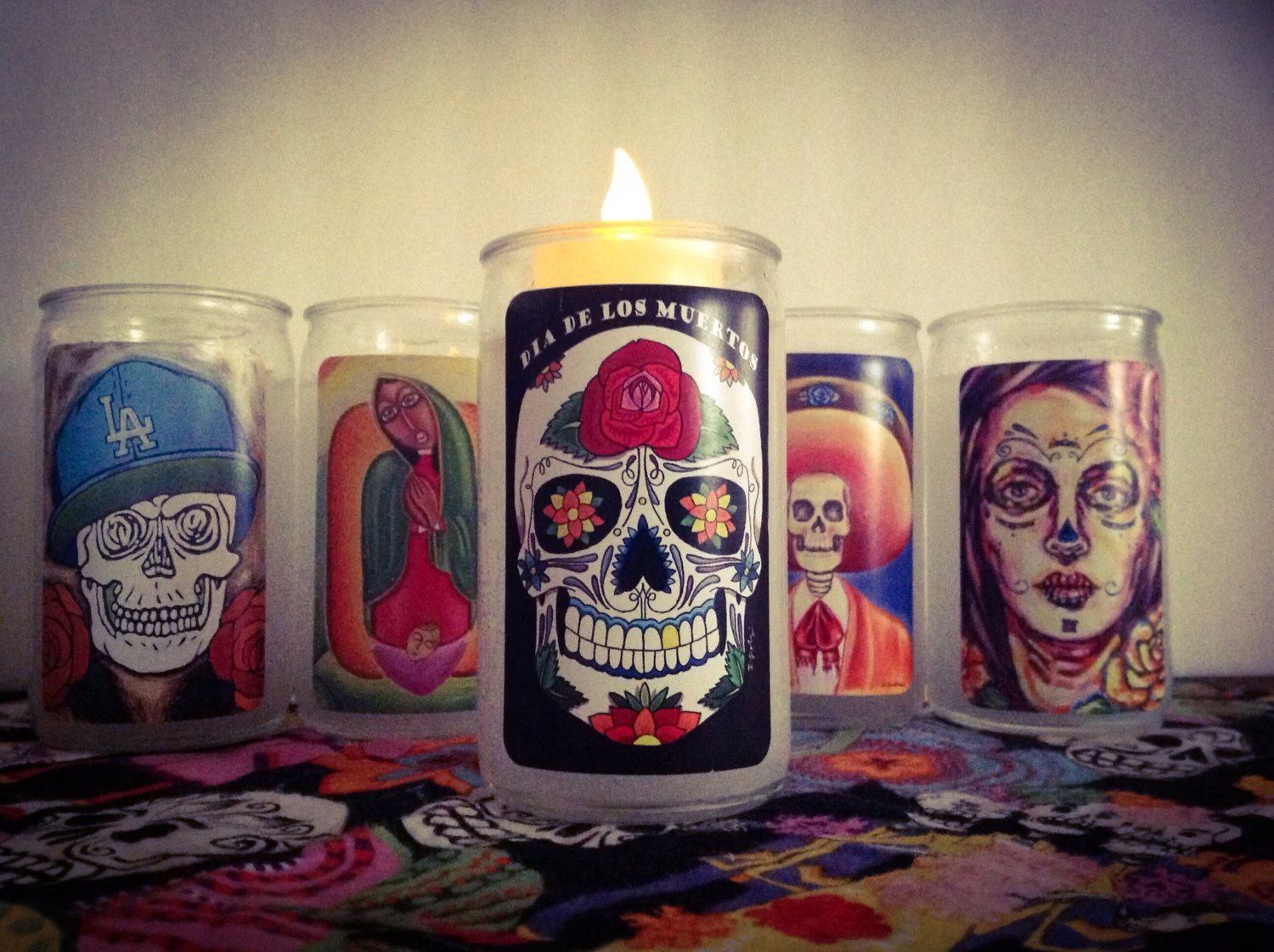

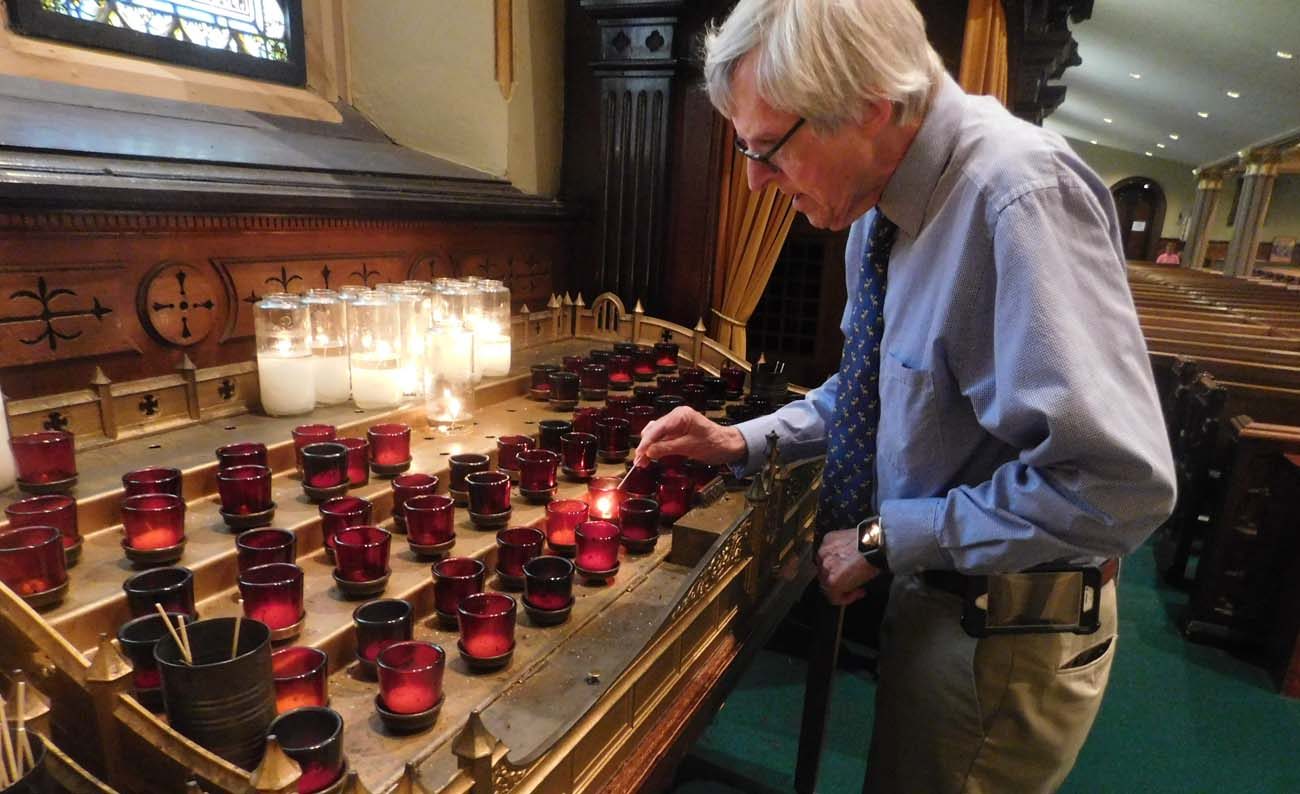

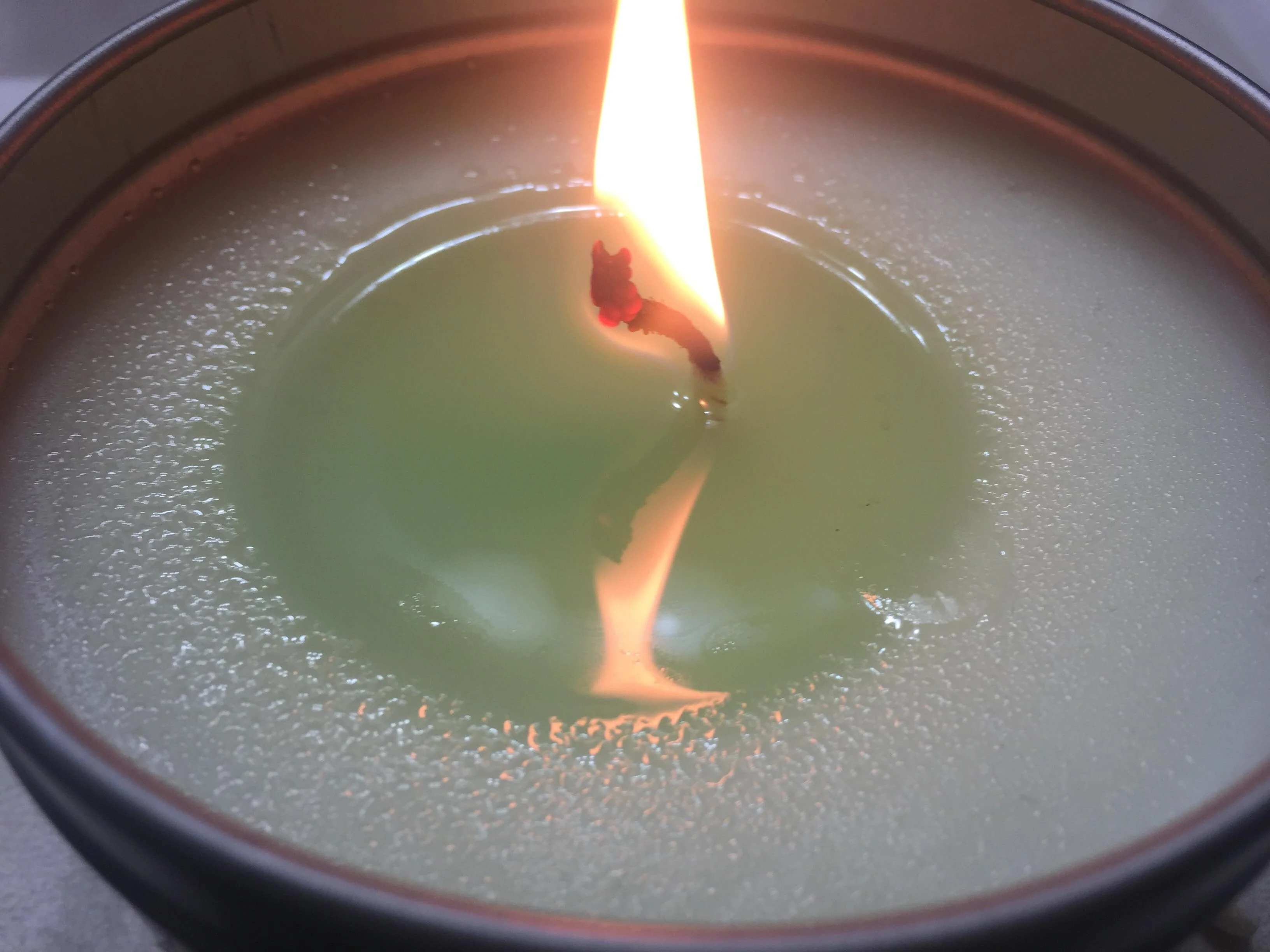



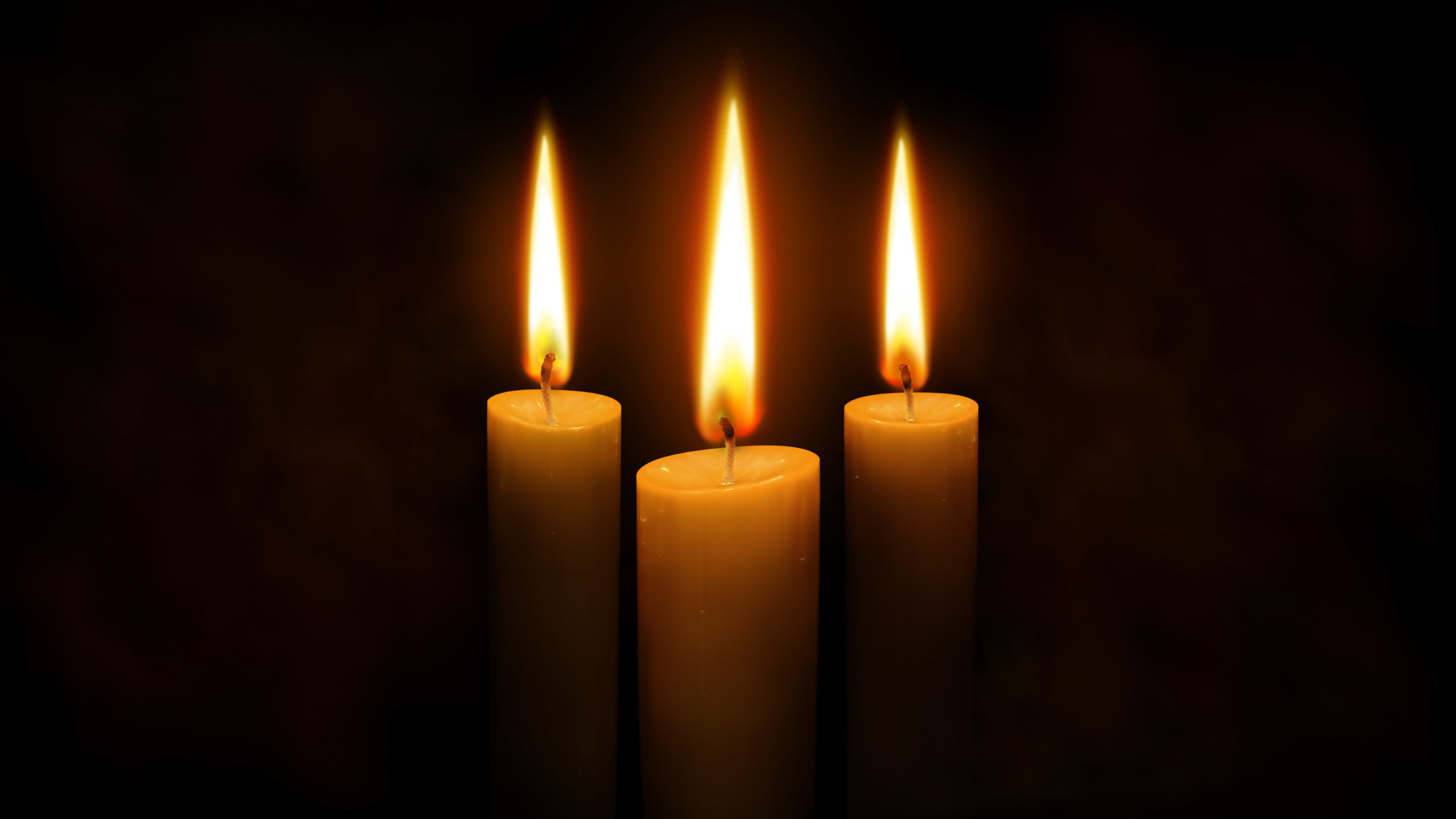
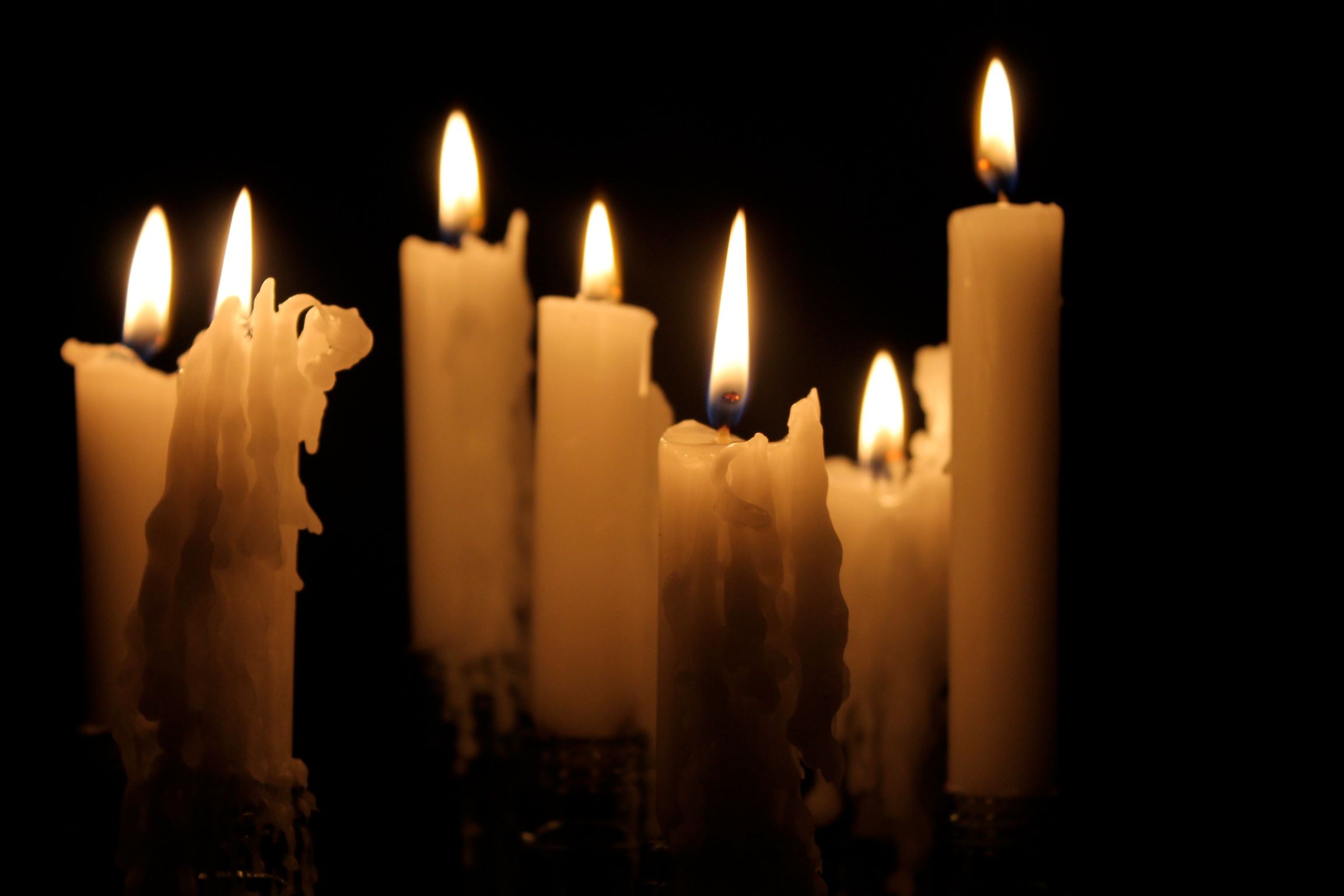



0 thoughts on “Why Do We Light Candles For The Dead”